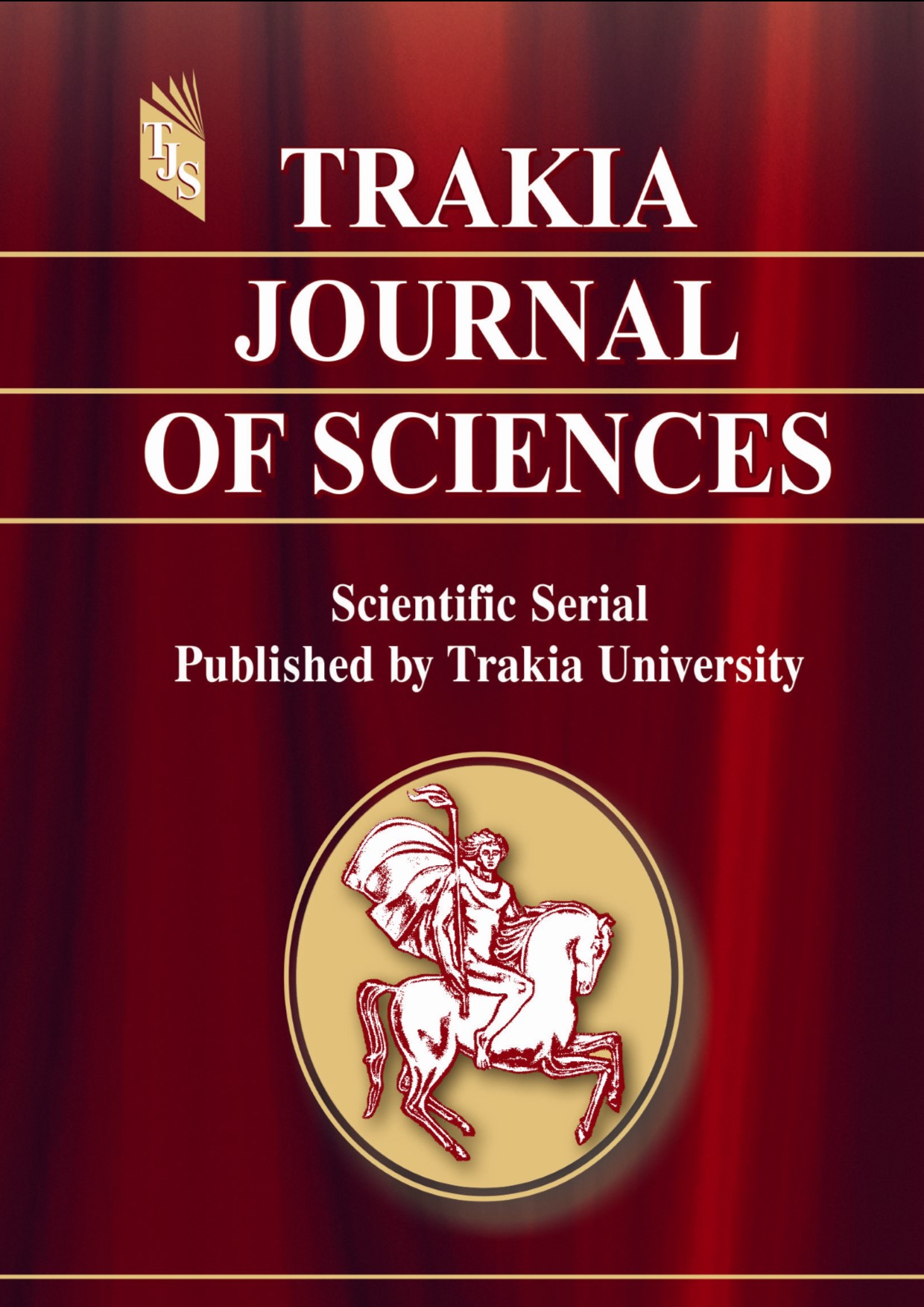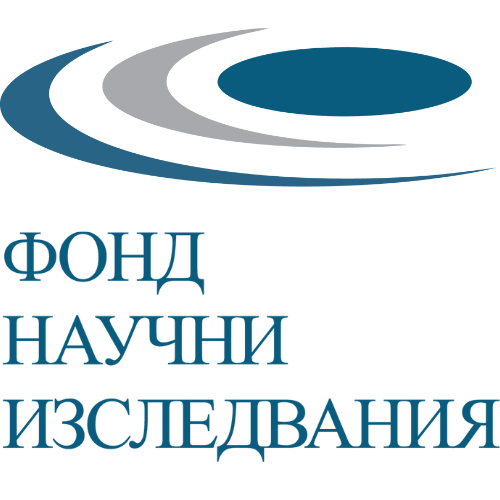A STUDY OF MOTIVATION IN ADOLECENT TENNIS PLAYERS
DOI:
https://doi.org/10.15547/tjs.2025.s.02.031Keywords:
drive, adolescents, psychological component, performanceAbstract
The present study aims to analyze the motivational profiles of young tennis players aged between 10 and 12, with a focus on the levels of intrinsic motivation, extrinsic motivation, and amotivation in relation to their sport qualification level. The sample includes 42 participants divided into three qualification groups. The study employed the Sport Motivation Scale by Pelletier, adapted for Bulgarian conditions. Variational, correlational, and dispersion analyses were applied. Results indicate that intrinsic motivation dominates among the most highly qualified athletes, while amotivation is more pronounced in children practicing school-level tennis. A positive relationship was found between sport qualification level and intrinsic motivation. The findings highlight the importance of targeted support for developing autonomous motivation at an early age.
References
Ryan, R. M. and Deci, E. L., Intrinsic and extrinsic motivations: Classic definitions and new directions. Contemporary Educational Psychology, 25(1):54–67, 2000.
Vallerand, R. J., On the assessment of intrinsic, extrinsic, and amotivation in education: Evidence on the concurrent and construct validity of the Academic Motivation Scale. Educational and Psychological Measurement, 53(1):159–172, 1993.
Brunzova, A. and Mutafova, Y., Motivation in sport as a socio-psychological phenomenon. Lichnost, Motivatsia, Sport, (13), 2008.
Dimitrova, B., A wellness lifestyle enhances emotional intelligence. Proceedings of the International Scientific Conference: Expanding Knowledge Through Interdisciplinary Research, 92–98, Sydney, Australia, 2025.
Gadzhev, M., Stoilov, I., Ignatova, M., and Barova, I., Study of long-term motivation of students practicing football and aerobics in physical education classes at UNWE. Nauchni Trudove na UNSS, 4:67–79, 2020.
Stoyanova, S. and Markova, Z., Emotional intelligence and physical activity among students at UNWE. Nauchni Trudove na UNSS, 3:27–40, 2023.
Crespo, M. and Reid, M., Motivation in tennis. British Journal of Sports Medicine, 41(11):769–770, 2007.
Pelletier, L. G., Fortier, M. S., Vallerand, R. J., and Brière, N. M., Toward a new measure of intrinsic motivation, extrinsic motivation, and amotivation in sports: The Sport Motivation Scale (SMS). Journal of Sport and Exercise Psychology, 17(1):35–53, 1995.
Dimitrova, B., Brain drain’s economic impact on the development of wellness and spa tourism in Bulgaria. Trakia Journal of Sciences, 19(Suppl. 1, Series Social Sciences):9–14, 2023.
Dimitrova, B., Niche tourism – innovations and quality culture in specialized workforce development. German International Journal of Modern Science, 100:24–30, 2025.

Downloads
Published
Issue
Section
License

This work is licensed under a Creative Commons Attribution-NonCommercial 4.0 International License.


